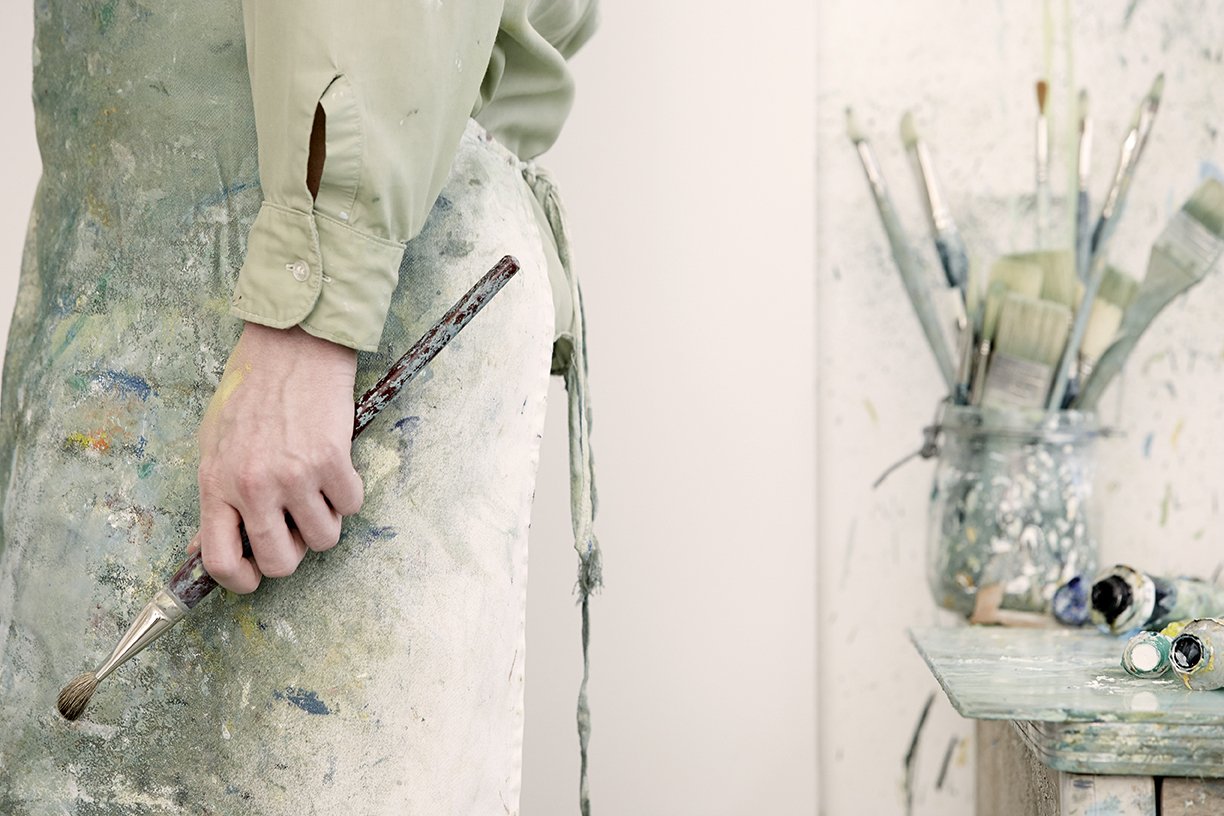Useless.
It’s a rather cruel word that stings a sensitive part of the human person. Being called useless is a cold slap in the face that reduces us to an unneeded heap of nothing. But then we look back on our resume, or our extra curricular activities, our achievements in work, our awards, and our self esteem shoots back up and tells us: look at what you have DONE. You have earned your worth! Then our self satisfaction recovers and the wound of uselessness is bandaged temporarily. The cruelty of this word finds its sting in the fear of uselessness and inversely uncovers our deep need to be valued. But does value only come from use? Is the scale of productivity the only measure for the weight of our worth?
Now for a slight detour into Rome… Down one of Trastevere’s winding streets that gently lures you into its maze, there is the church of St. Benedict. It sits on the corner of a former piazza, quietly blending into the buildings surrounding it. So hidden that it might be passed over and so plain that it might be mistaken for anything but a church. The interior is very small, but it is an inviting, intimate smallness. The walls and columns bear an ancient warmth and parts of the frescoes behind the altar have faded away with age and ruin. It’s entirely different than the numerous impressive basilicas that seemingly drip with all the flourishes of the Baroque style. It’s charm is calmer. It’s grace is simple. It is beautiful and absolutely useless all at once.
Useless? What do I mean by that you ask? Well you see, the art within the churches of Rome doesn’t actually DO anything, in the efficient sense of the word. It has no use. It doesn’t make any money, even though it is worth millions. It doesn’t produce anything, even though it is the fruit of intense labor. It doesn’t gratify or satisfy an essential need. It just is.
And so in one sense, we could judge the beauty of this little gem of a church as a waste of space and material, a useless void cramping up the already crowded streets of Rome. But we don’t. We allow it to exist. We appreciate the fragility of its age and peaceful existence. But WHY? Why is the art important, why do we enjoy its uselessness? Because it has an inherent value far greater than its use. Because often times it is the most completely useless tasks we do, the unnoticed efforts we give that have far more value than the effects they produce.
The perspective of use is an enslaving one. It traps us into a container of productivity rather than freeing us to live up to the infinity of our value. We ourselves are like works of art in that our value precedes our productivity. We are good in ourselves and not for what we do, even though what we can do is often effective and useful. But this is not the source of our value. It is the same with art. It can change a man, it can reveal truth, speak to a soul, all of which are useful qualities. But the value precedes the use every time.
The key is then to live in this understanding of our value, seeking always to learn how this value can be shared. By this perspective, we then live outwardly, for others. So by living to promote and encourage the value of others, we increase our own. To live a life that seeks to share the worth of others, while simultaneously resting in the surety of its own; this is peace.
When I was in Assisi a few weekends ago, I met a merry little artist named Maximillian who took a chance on my poor hand and let me paint a part of a landscape he had been working on that day. He was a friendly little man who was overjoyed to share his craft, even to a complete stranger. In broken English, he sat me down on his work bench and told me to relax and let the peace of Assisi do the rest. Gently, he pointed out where I should stroke and then stepped back to leave me alone. As someone who can barely draw a good looking stick figure, I was a bit nervous. But he was insistent, so I tried. And surprisingly, in those few moments, I did become very much at peace and focused on the painting before me. I was no Michelangelo but in those few useless moments during which I didn’t achieve anything, I learned something I will never forget: Art bears a value far greater than we can calculate. Beauty has an unseen power to save. Value does not lie in use. And we are the greatest works of art that exist, the most beautiful created beings by far, and worth more than our imaginations could comprehend or our productivity could express.




